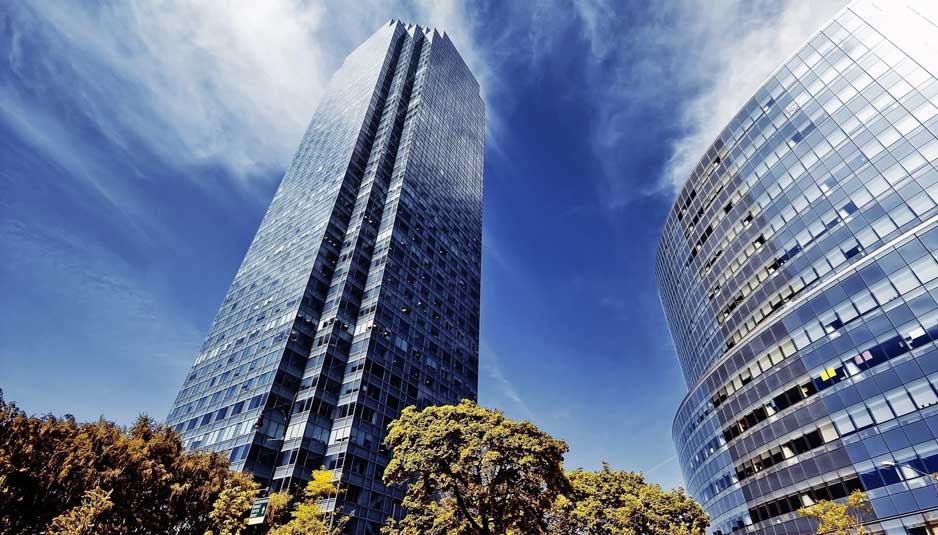London: building shadowless skyscrapers
A new study whose purpose is to decrease the shadow of skyscrapers increasing the street lighting

4ever.eu
We are used to seeing metropolis with a skyline increasingly high and this certainly plays to the disadvantage of natural light of urban environment. It seems impossible, but there is a team of architects who do not think so. In fact, the international team of architecture NBBJ studied a method to reduce the shadow on the ground of skyscrapers. How is it possible? Their idea is based on the collaboration of two skyscrapers; the concept is that the sun beating on north skyscraper reflects light to the ground, eliminating the shadow of the skyscraper located further south. Easy to say, perhaps a little harder to accomplish.
The difficulty lies in considering all the variables coming into play, among which the most important is the change in the position of the sun during the day. Other uncertainties are given for example by the size of the offices and the distance between the two skyscrapers. To solve this problem, they are entrusted to information technology; they have developed an algorithm, which takes into consideration all the variables, and then counseled to designers the best possible shape that the building was to assume, to reflect the greatest amount of ground light. At the end of their analysis, they were able to realize a project that diminished by 60% the shadow cast on the ground of the skyscraper, a definitely positive result.
On the other hand there are some negative aspects not insignificant. The skyscraper that is responsible of reflecting light, place further north, it is true that decreases the shadow on the ground of the other skyscraper place further south, but at the same time form a new shade. It would serve then another building farther north that take place the same previous function. In summary this system works for a “closed” system, then formed by two buildings. This system therefore could work well for a specific area of the city; make it work for the entire city becomes very complicated. Another limitation not underestimate is heat that is generated to toe of the skyscraper, due to continued reflection of sunlight on the wall of the skyscraper. We already had a similar problem in the past, after building the skyscraper “Walkie Talkie” in London. Indeed, the slightly concave shape of the front, would have caused such a reflection of high solar radiation to the ground, which could lead to damaging several cars located at the foot of the skyscraper, deformed due to excessive heat.
In conclusion, we can say that this is definitely an innovative idea, which would bring an improvement in our cities, but it still has some limitations; thus our hope is that designers from all over the world take a cue from the team of London architects to perfect this system and make it fully functional.
Header image credits: 4ever.eu
